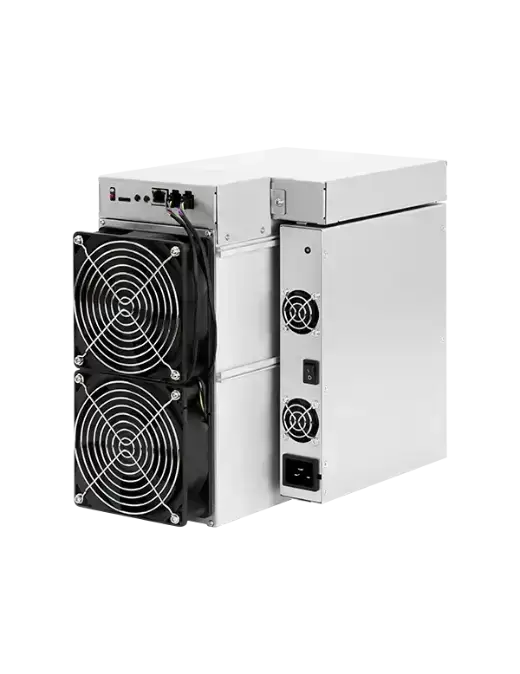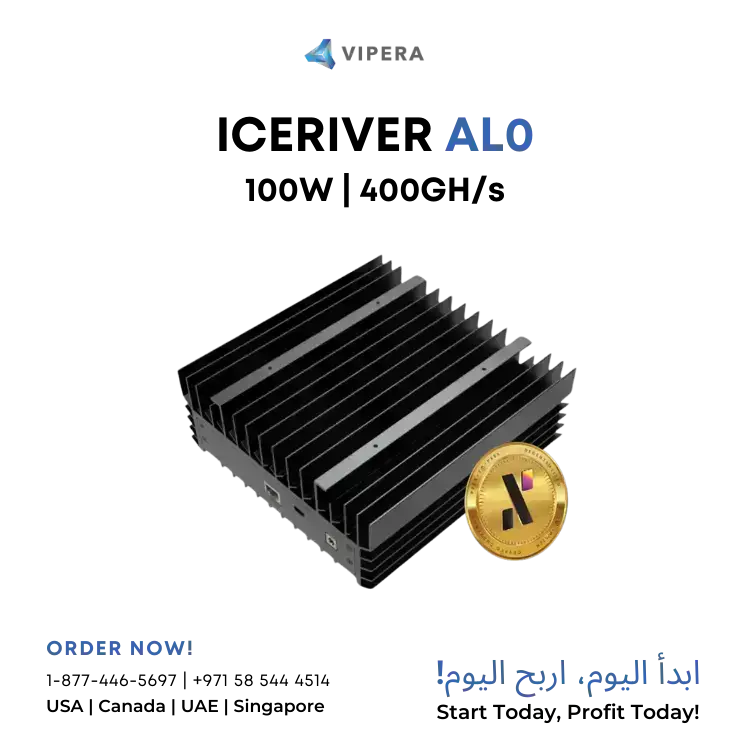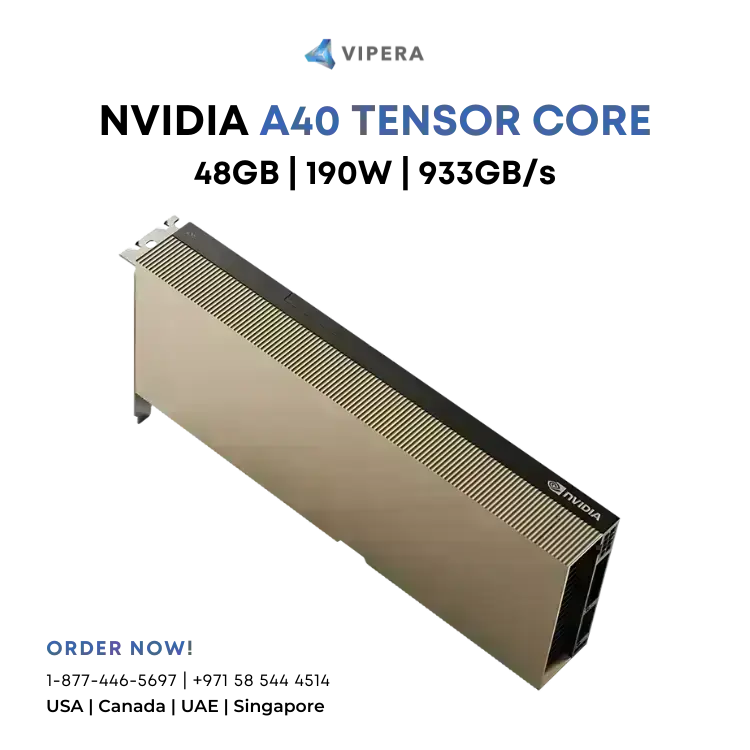The demand for data centers to support the booming AI industry is at an all-time high. Companies are scrambling to build the necessary infrastructure, but they’re running into significant hurdles. From parts shortages to power constraints, the AI industry's rapid growth is stretching resources thin and driving innovation in data center construction.
The Parts Shortage Crisis
Data center executives report that the lead time to obtain custom cooling systems has quintupled compared to a few years ago. Additionally, backup generators, which used to be delivered in a month, now take up to two years. This delay is a major bottleneck in the expansion of data centers.
The Hunt for Suitable Real Estate
Finding affordable real estate with adequate power and connectivity is a growing challenge. Builders are scouring the globe and employing creative solutions. For instance, new data centers are planned next to a volcano in El Salvador to harness geothermal energy and inside shipping containers in West Texas and Africa for portability and access to remote power sources.
Case Study: Hydra Host’s Struggle
Earlier this year, data-center operator Hydra Host faced a significant hurdle. They needed 15 megawatts of power for a planned facility with 10,000 AI chips. The search for the right location took them from Phoenix to Houston, Kansas City, New York, and North Carolina. Each potential site had its drawbacks—some had power but lacked adequate cooling systems, while others had cooling but no transformers for additional power. New cooling systems would take six to eight months to arrive, while transformers would take up to a year.
Surge in Demand for Computational Power
The demand for computational power has skyrocketed since late 2022, following the success of OpenAI’s ChatGPT. The surge has overwhelmed existing data centers, particularly those equipped with the latest AI chips, like Nvidia's GPUs. The need for vast numbers of these chips to create complex AI systems has put enormous strain on data center infrastructure.
Rapid Expansion and Rising Costs
The amount of data center space in the U.S. grew by 26% last year, with a record number of facilities under construction. However, this rapid expansion is not enough to keep up with demand. Prices for available space are rising, and vacancy rates are negligible.
Building Data Centers: A Lengthy Process
Jon Lin, the general manager of data-center services at Equinix, explains that constructing a large data facility typically takes one and a half to two years. The planning and supply-chain management involved make it challenging to quickly scale up capacity in response to sudden demand spikes.
Major Investments by Tech Giants
Tech giants like Amazon Web Services, Microsoft, and Google are investing billions in new data centers. For example, Google’s capital expenditures on data infrastructure jumped 45% year-over-year to $11 billion in late 2023. Microsoft, aiming to control costs, spent over $30 billion on data centers in 2023.

Why the AI Industry’s Thirst for New Data Centers Can’t Be Satisfied
© Provided by The Wall Street Journal
Supply Chain and Labor Challenges
The rush to build data centers has extended the time required to acquire essential components. Transceivers and cables now take months longer to arrive, and there’s a shortage of construction workers skilled in building these specialized facilities. AI chips, particularly Nvidia GPUs, are also in short supply, with lead times extending to several months at the height of demand.
Innovative Solutions to Power Needs
Data centers require vast amounts of reliable, affordable electricity. In response, companies are exploring innovative solutions. Amazon bought a data center next to a nuclear power plant in Pennsylvania. Meta Platforms is investing $800 million in computing infrastructure in El Paso, Texas. Standard Power is planning to use modular nuclear reactors to supply power to data centers in Ohio and Pennsylvania.

Why the AI Industry’s Thirst for New Data Centers Can’t Be Satisfied
© Provided by The Wall Street Journal
Portable Data Centers and Geothermal Energy
Startups like Armada are building data centers inside shipping containers, which can be deployed near cheap power sources like gas wells in remote Texas or Africa. In El Salvador, AI data centers may soon be powered by geothermal energy from volcanoes, thanks to the country’s efforts to create a more business-friendly environment.
Conclusion: Meeting the Unending Demand
The AI industry’s insatiable demand for data centers shows no signs of slowing down. While the challenges are significant—ranging from parts shortages to power constraints—companies are responding with creativity and innovation. As the industry continues to grow, the quest to build the necessary infrastructure will likely become even more intense and resourceful.
FAQs
1. Why is there such a high demand for data centers in the AI industry?
The rapid growth of AI technologies, which require significant computational power, has driven the demand for data centers.
2. What are the main challenges in building new data centers?
The primary challenges include shortages of critical components, suitable real estate, and sufficient power supply.
3. How long does it take to build a new data center?
It typically takes one and a half to two years to construct a large data facility due to the extensive planning and supply-chain management required.
4. What innovative solutions are companies using to meet power needs for data centers?
Companies are exploring options like modular nuclear reactors, geothermal energy, and portable data centers inside shipping containers.
5. How are tech giants like Amazon, Microsoft, and Google responding to the demand for data centers?
They are investing billions of dollars in new data centers to expand their capacity and meet the growing demand for AI computational power.
































